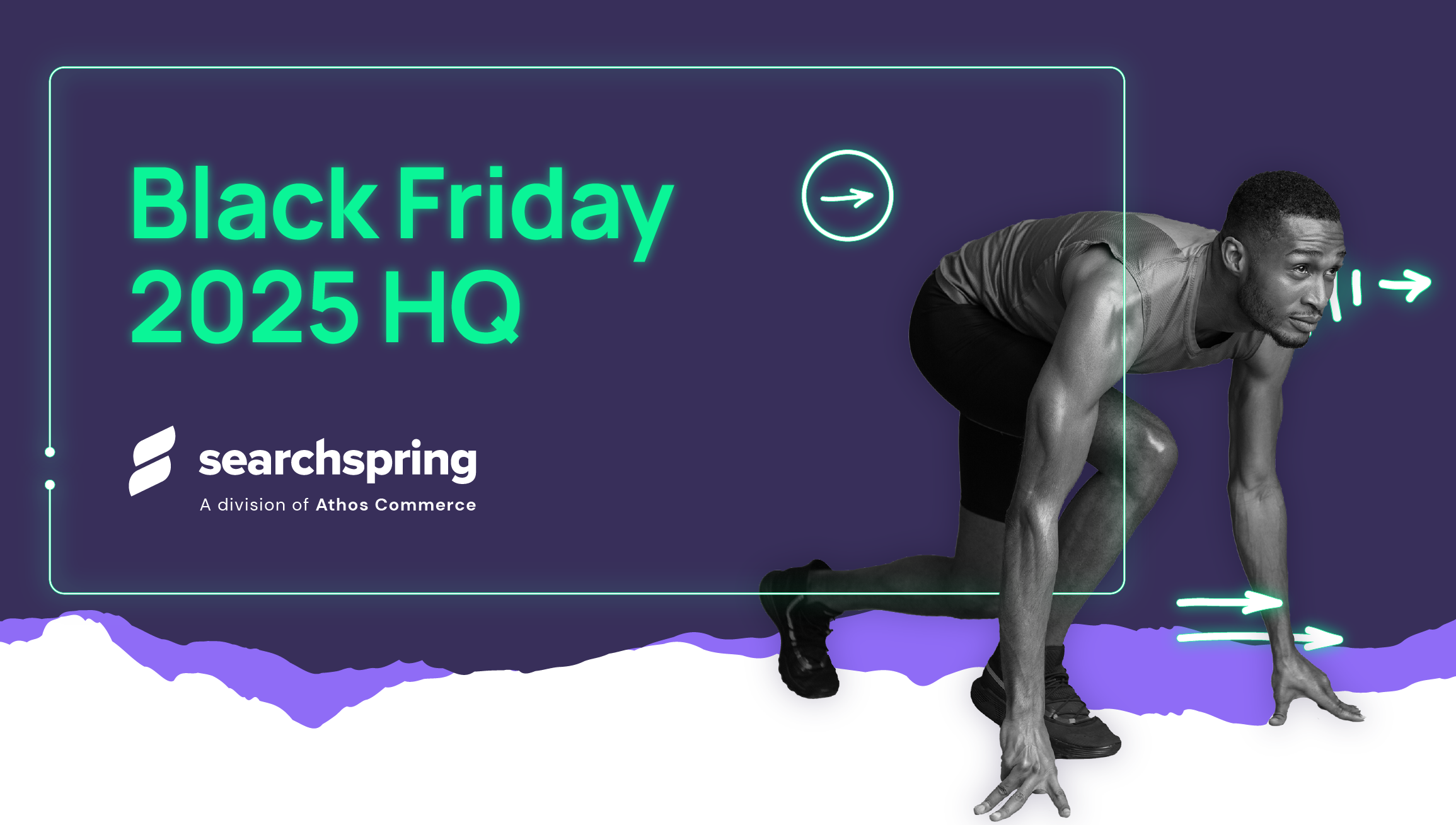Customer lifetime value (CLV) – how much a customer spends with your brand for as long as they’re a customer – is an important KPI for ecommerce stores to keep track of. Why? Because it’s an easy way to gauge whether or not to focus your time and budget on nurturing existing customers, or acquiring new customers (or both).
When it comes to growing your revenue, you essentially have two options: either attract new customers, or increase existing customers’ CLV. The former is a more expensive option since it involves more advertising and convincing prospects of your benefits. The latter is arguably the easier method since existing or past customers already know (and presumably like) your brand.
So, the $64,000 question is, “How do you increase customer lifetime value?”
Loyalty programs are key to customer lifetime value
With loyalty comes repeat customers, so starting a loyalty program is great way to increase customer lifetime value. The perks of the program can be free shipping for members, exclusive discounts, free gifts with a purchase, or early access to sales, to name just a few.
By offering clear and compelling incentives to join your loyalty program, you can acquire valuable customer data and contact details. Then, it’s simply a case of targeting these shoppers with clever marketing to bring them back to your site again and again. The possibilities and perks of a loyalty program are endless, since you can create whatever model works best for your business.
Product bundles and subscriptions boost AOV
Product bundles and subscriptions appeal to customers because of the associated savings on items they would normally order individually. These tactics are also a smart way to introduce customers to new products they hadn’t planned on trying previously. (Of course, this also means the customer will spend more.)
Cosmetics, beauty, and healthcare companies tend to do this really well. For example, if you sell shampoo, it’s a good idea to cross-sell the matching conditioner as a bundle, since customers often buy both together. Go one step further and allow shoppers to sign up for recurring deliveries of their favorite products in exchange for a slightly deeper discount, and watch your customer lifetime value soar.
Not in the beauty business? No problem. Subscriptions are becoming more and more common across multiple retail verticals. Check out these case studies on Fabletics and Dia&Co for a masterclass in perfecting the fashion subscription model.
Shoppers love free shipping
Nothing is more enticing to an online shopper than free shipping. And with a minimum order requirement to receive free shipping, this tactic all but guarantees customers will top-up their carts to get that free shipping offer.
One way to push this, in addition to having a banner on your homepage, is to let customers know at the checkout page that if they spend $X more they’ll receive free shipping with their order. By reviewing your average order value (AOV) history, you can easily determine what the minimum spend should be in order to boost those sales.
Follow up free shipping with quick delivery timelines and easy returns, and you’ve got yourself a repeat customer.




